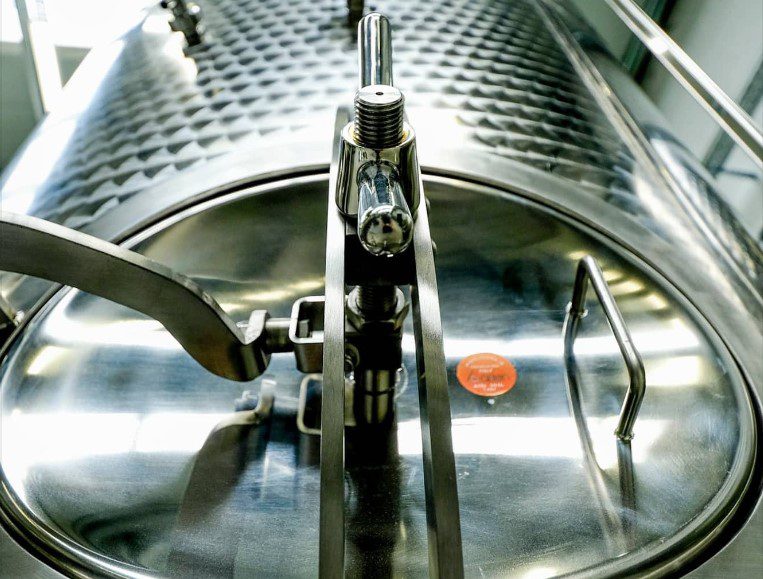The Art of Aging Wine
The exquisite taste, rich color, and enticing aroma of each bottle of wine are the result of a complex interplay of factors. The chemical compounds within wine engage in intricate reactions, creating a unique blend that evolves over time. While these changes generally enhance the flavor, the unpredictable nature stems from the inherent variability in grape crops. Fermentation methods, grape varietals, and storage conditions all play pivotal roles in determining the opportune moment to savor the aged wine.

Balancing Act in Vinification
The path to crafting a well-aged wine involves a delicate dance between various elements. The method of fermentation, coupled with the geographical origin and vintage of a specific grape variety, holds the key to unlocking the wine’s true potential. Achieving a harmonious balance and employing controlled storage conditions are crucial aspects of the winemaker’s art. The marriage of science and intuition contributes to the creation of a finely aged and nuanced wine.
Echoes of the Past: Ancient Methods
The roots of winemaking stretch back millennia, with ancient civilizations leaving a lasting imprint on the craft. In the heart of ancient Rome, vintners adopted a method of partially drying grapes before fermentation. This process concentrated sugars, enabling wines to age gracefully for extended periods. Clay amphorae, sealed with wax or resin, housed these precious elixirs, often joined by a cork if available. Storage locales were as diverse as catacombs, cemeteries, wine caves, and subterranean cellars, underscoring the reverence for the art of aging wine.
Digging Deeper into Tradition
For those eager to delve further into the timeless art of aging wine, explore the intriguing methods and historical practices that have shaped the world of oenology. From subterranean mysteries to the alchemy of fermentation, the journey of a wine connoisseur is one of continual discovery and appreciation. Uncover the secrets that lie within each bottle and the stories woven into the tapestry of vinification.
Evolution of Wine Storage
In the 17th century, a pivotal development reshaped the world of winemaking—the advent of corked bottles. This innovation marked a turning point, offering an effective solution for aging wine. The marriage of air-resistant glass and cork, allowing controlled oxygen exchange, transformed the aging process. This breakthrough not only enhanced the longevity of wine but also laid the foundation for a lasting appreciation of aged vintages that persists to this day.
Present-Day Wine Maturation Techniques
The legacy of centuries of winemaking innovation has bequeathed a diverse array of techniques for maturing and aging wine. In the contemporary landscape, vintners draw from both traditional practices and cutting-edge technology to achieve a harmonious balance. Various vessels now host the transformation of wine, with oak barrels, stainless steel containers, and glass carboys emerging as prevalent choices.
Oak Barrels: Crafting Elegance Through Wood
Among the diverse methods employed today, the use of French and American oak barrels stands out as a timeless and widespread tradition. Barrel-aging imparts unique characteristics, including woody aromas and a sweet, creamy profile in the wines they cradle. The symbiotic aging of wood and wine results in the gradual infusion of oak flavors, creating a sensory journey that unfolds over time.
Stainless Steel: A Contemporary Seal of Preservation
In the modern winemaking arsenal, stainless steel emerges as a contemporary guardian of wine integrity. Impermeable to light and degradation, these airtight wine tanks offer a pristine environment for wine maturation. Some vintners enhance this process by incorporating oak planks into the stainless steel vessels, introducing a nuanced interplay of flavors. However, the challenge lies in the limited oxygen exchange, potentially yielding wines with more subdued and muted flavors.





